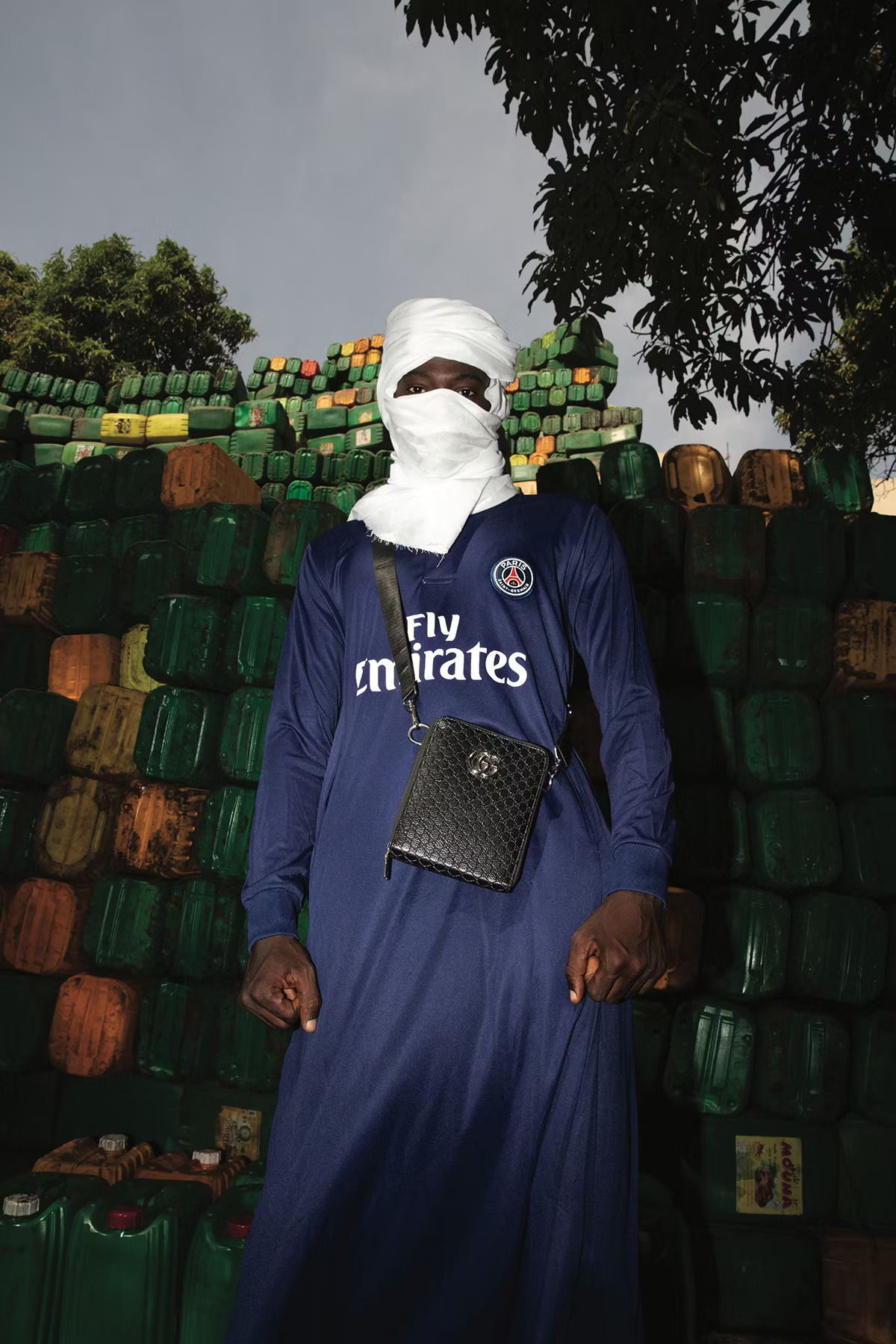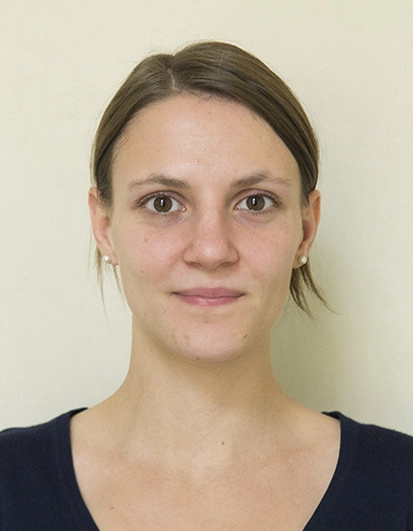Multidisciplinary artist Émile-Samory Fofana became famous for his street photographs of African football fans. He captured the inhabitants of Mali, Guinea, and Senegal dressed in jerseys bearing the names of famous football stars. The series, aptly named Champions League Koulikoro, not only refers to the immense popularity of this sport in West Africa but also touches on various problematic issues, such as the trade in illegal goods and the desire of young Africans for a better future through a career as a professional footballer.

Fofana was born in 1996 near Paris and cites German photographer Tobias Zielony, known for his images of marginalized communities, as his inspiration. Before the Champions League Koulikoro photography series came into being, he mainly focused on video. However, his Franco-Malian heritage led him to a project connecting Europe with West Africa, and since 2018, he has been photographing people dressed in football jerseys.
"At the start I took photos with a big camera and I’d pose people in front of where they lived, for example. I quickly started to feel like something was missing, that to make this into a proper body of work I’d have to take photos of people in real, non-staged situations,” he describes his beginnings.
He then started using a mobile phone, which allowed for greater authenticity. He could capture everyday situations, making the photos less formal and more relaxed, and the people he photographed became less shy. Sometimes, he didn't want to be noticed; with a mobile phone, he was more discreet and quicker, able to shoot from his motorcycle. The people in his photos are often turned away, while others proudly pose with the jerseys of their sports idols. The combination of staged and spontaneous shots allowed Fofana to photograph various layers of society and show the influence of football across communities.

Gradually, the project grew into a desire to capture all possible types and combinations of jerseys that African fans wore on the streets, from collectible jerseys to illegal ones, which differed from the originals with many added motifs.
„
People do not know much about West Africa in Europe, but they are among the greatest supporters for these European teams that I have seen in my entire life.
"I wanted to create an archive of all the shirts I saw passing by," confirms the artist. The project lasted five years, during which Fofana gradually focused on different groups of people. "I’d spend days with workers from fishermen to mechanics or blacksmiths, to document how football shirts are worn as workwear, then focus on women or people in conflict zones or those going to the mosque," he explains.

The more photos Fofana took, the clearer it became how much influence European clubs have on African fans and how important football is in the lives of its people. The game naturally permeates public spaces, with people debating it with their neighbors, placing televisions outside their homes to watch matches together.
"People do not know much about West Africa in Europe, but they are among the greatest supporters for these European teams that I have seen in my entire life.," says the artist. "The biggest fans of Real or Barca are in Casablanca, Bamako, Dakar."
Another aspect highlighted by this photography series is the illegal trade of this type of merchandise. An abundance of fake jerseys flood African countries, differing from the originals with added details or bearing the name of a football celebrity on a team they never played for. According to the artist, this creates an entirely new football history that never actually existed. Unexpected, fictional collaborations between football clubs and fashion brands also appear, like Manchester City with Louis Vuitton or French Paris Saint-Germain with Chanel.
"I’ve seen many Tottenham shirts with nine stars on top of the logo, or Arsenal misspelled ‘Arsanel’. When you see ‘Rooney’ on a FC Barcelona shirt, there is a fictional aspect, like they’re fantasising about a transfer that will never happen. It’s like if the market could create its own mythology." says Fofana.
.jpg)
In addition to global football stars like Messi or Ronaldo, the jerseys of local fans often feature players with African roots, such as former Chelsea striker Didier Drogba from the Ivory Coast, French midfielder Zinedine Zidane with Algerian roots, Senegalese footballer Sadio Mané, Egyptian winger Mohamed Salah from Liverpool, and N'Golo Kanté, from a Malian family, currently representing France in the ongoing Euro 2024.

African footballers in European clubs are not uncommon, but in recent years, their numbers in teams have been increasing, which also impacts young Africans and their families. "Football embodies all the dreams of young people; there's always this desire to come to Europe, to play in Europe, to change their lives," says Fofana. However, an article in The Guardian from sixteen years ago speaks to the reality that accompanies these hopes:
The desire to become professional footballers is evident from the number of children who participated in the continent-wide trials for the Aspire sports academy in Qatar in 2008. Around 750,000 children, from Ghana to Kenya and Nigeria to South Africa, competed for approximately 23 spots in the coveted Aspire football program. Having a professional footballer in the family is like winning the lottery for an African family, so despite the improbable odds, they often choose this possibility, sometimes withdrawing children from regular schooling to fully focus on football. Even those who are fortunate enough to make it to Europe are not guaranteed success; if they fail, they are often left to fend for themselves.

However, Fofana's collaboration with Adidas didn't end with the thought-provoking photographic cycle. Last year, for instance, he introduced a series called Three Stripes in partnership with Adidas. It includes functional football qamis, white Muslim shirts adorned with golden stripes and the Adidas logo, aimed at providing comfort for men not only on the field but also during prayer.






